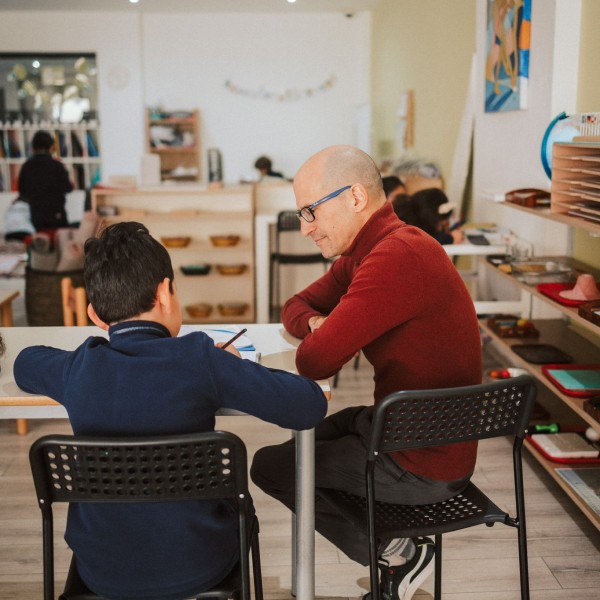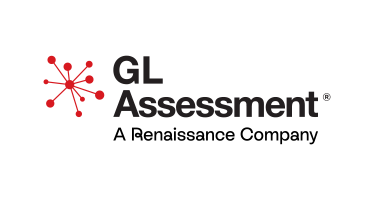Montessori development guide: ages 1–12

Montessori development guide 6–12 collaborative project
Montessori development guide gives parents a clear map of what to expect at each stage and how to support it. Maria Montessori identified sensitive periods in which children are uniquely receptive to language, movement, order, and social life. Matching experiences to these windows builds autonomy, focus, and joy in learning. This guide covers ages 1–3, 3–6, and 6–12 with examples recognizable in Moroccan schools.
Table of contents
-
1–3 years: the unconscious absorbent mind
-
3–6 years: the conscious absorbent mind
-
6–12 years: the age of reason and exploration
-
Montessori vs traditional model in Morocco
-
Parent voices in Morocco
-
Benefits for the future
-
Conclusion
1) 1–3 years: the unconscious absorbent mind
Key traits. The child absorbs language, order, and movement without effort. Gross motor skills surge. Routines calm. First words and two-word phrases appear.
Educational needs. Safe, ordered rooms with real objects. Short, concrete tasks. Freedom to move under calm supervision. These elements anchor a Montessori development guide for toddlers.
Concrete Montessori examples.
-
Practical life trays: dry pouring, spooning beans, folding cloths.
-
Low shelves with real, child-sized tools.
-
Constant naming of objects and actions to enrich vocabulary.
2) 3–6 years: the conscious absorbent mind
Key traits. Children make deliberate choices. Language and fine motor skills accelerate. Senses refine through graded materials. Concentration lengthens.
Educational needs. A prepared environment that is beautiful, accessible, and structured. Freedom to repeat. Clear limits and brief, precise presentations. This is core to any Montessori development guide for preschoolers.
Concrete Montessori examples.
-
Language: sandpaper letters, sound games, moveable alphabet.
-
Sensorial: Pink Tower, Brown Stair, red rods, cylinder blocks.
-
Practical life: snack preparation, plant care, cleaning with pride.
External resources (dofollow): Association Montessori Internationale (AMI) • UNESCO child-centered learning
3) 6–12 years: the age of reason and exploration
Key traits. Logic grows. Curiosity expands to society, nature, and the universe. Moral sense and teamwork develop. Children want real projects and big stories.
Educational needs. Integrated studies linking history, geography, science, math, and language. Fieldwork and research. Group planning and shared responsibility. Guides extend freedom with accountability, consistent with a Montessori development guide for the elementary years.
Concrete Montessori examples.
-
Biology and earth science: life cycles, classification, simple experiments.
-
The Great Lessons that launch cross-curricular research.
-
Math materials that bridge golden beads to abstraction and notation.
4) Montessori vs traditional model in Morocco
| Age | Traditional school | Montessori school |
|---|---|---|
| 1–3 | Care-focused nursery | Free sensory and motor exploration |
| 3–6 | Imposed drills and early worksheets | Manipulative learning, autonomy, individual rhythm |
| 6–12 | Fixed curriculum, homework, exams | Interdisciplinary projects, cooperation, independent inquiry |
This contrast shows why families use a Montessori development guide to align work with readiness, not just age.
5) Parent voices in Morocco
-
Samira, Marrakech: “My 4-year-old learned sounds with sandpaper letters. Reading felt like play.”
-
Youssef, Casablanca: “At 7, my daughter asks bigger questions and plans simple experiments. Montessori unlocked her curiosity.”
These outcomes match expectations from a Montessori development guide when environments are consistent and calm.
6) Benefits for the future
-
Progressive autonomy through daily decisions and care of the environment.
-
Stable self-confidence based on real skill.
-
A lasting love of learning built on choice and repetition.
-
Strong cooperation and problem solving from mixed-age work.
-
Transferable executive function: focus, planning, and follow-through.
Parents who apply this Montessori development guide at home can support each phase with simple tasks, rich language, and predictable routines.
Conclusion
The child is not a passive recipient. The child builds self through purposeful activity. By following this Montessori development guide at 1–3, 3–6, and 6–12, families and guides align work with sensitive periods, protect concentration, and cultivate inner discipline. The result is a confident, curious learner ready for the next stage and for life.






